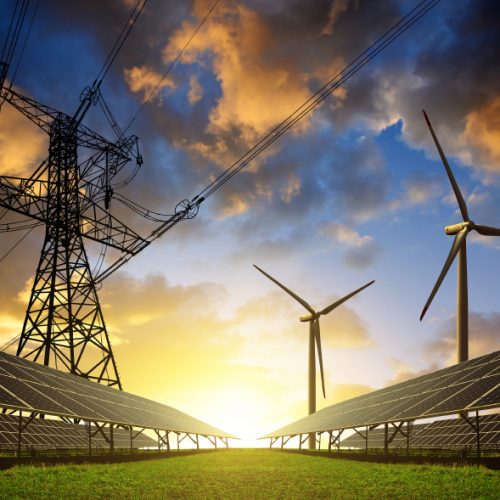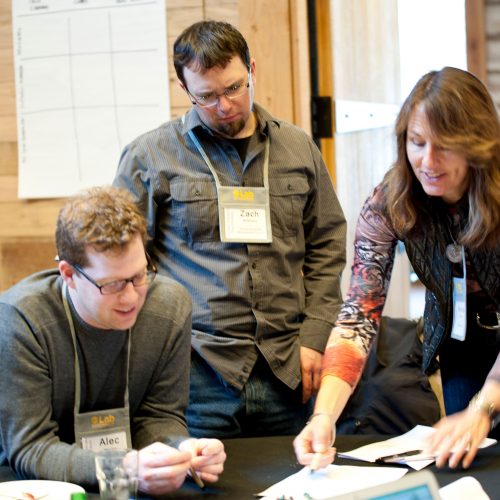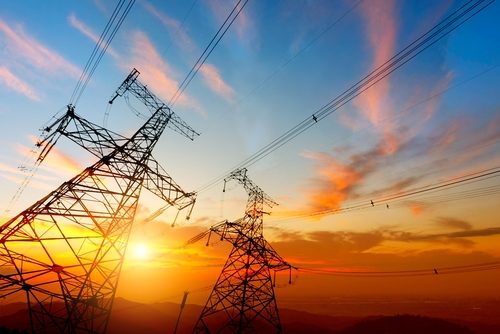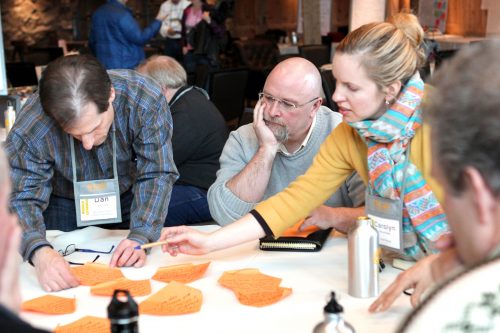
eLab Accelerator 2014
Illinois Distributed Energy Adoption

Project Objective
Develop new pricing strategies in San Diego Gas & Electric’s territory

Project Team Members
Kurt Adelberger, Principal, Google, LinkedIn
James Fine, Economist, Environmental Defense Fund, LinkedIn
Jon Fortune, Director for Regulatory & Energy Services, Sunverge Energy, LinkedIn
Gabe Petlin, Senior Analyst, California Public Utilities Commission, LinkedIn
Chris Yunker, Rates and Analysis Manager, San Diego Gas & Electric, LinkedIn

Project Description
Rooftop solar and other forms of distributed energy resources are growing rapidly in California. As distributed resource growth continues, there is a growing need to accurately reflect the costs of grid service and the benefits of customer-sited resources, as well as to find additional sources of grid flexibility. At eLab Accelerator, key stakeholders will convene to develop a shared vision for how utility rate structures can pave the way to continued growth of distributed resources in a manner that maximizes value for the system as a whole.

Progress Made to Date (pre-Accelerator)
SDG&E has been a leader in thinking about pricing evolution that is needed as a result of the growth of distributed energy resources. They have articulated a vision of transitioning rate structures to accurately reflect the costs and benefits of grid services and distributed energy resources. One recent example was SDG&E’s proposal for a “network use charge” in 2011. SDG&E is currently developing rate proposals to significantly expand utilization of TOU pricing options by its customers.

Post-Accelerator Outcomes
At Accelerator, the team reviewed relevant historical background and policy perspectives within the California regulatory environment, including existing rate structures, and SDG&E’s recent experimental rate proposals encompassing time-of-use and dynamic price signals. Then the team focused in on strategies to make SDG&E’s electricity rates more reflective of the services that are provided by SDG&E and services that are provided to the grid by customer distributed energy resources (DERs). The group developed a shared vision for future optional residential utility rates that emphasized enabling high levels of customer adoption of distributed energy resources through a menu of gradually introduced rate options and credit mechanisms that seek to fairly compensate customers, the utility, and third party participants for the services they provide each other with due consideration of the full range of benefits and costs associated with service delivered. The team co-created the initial foundational attributes of one voluntary rate option as the next step towards this vision. The rate option, dubbed the "Smart Home Rate", would be geared toward adopters of any number of distributed resources (for example: DG, EE, DR, storage, smart thermostats, and electric vehicles) including those that enable automated responses to grid signals and market prices. The group committed to continued collaboration with the goal of further developing new rate design concepts consistent with the consensus vision and identified potential avenues and next steps through which these concepts can be developed further and ultimately put into action.